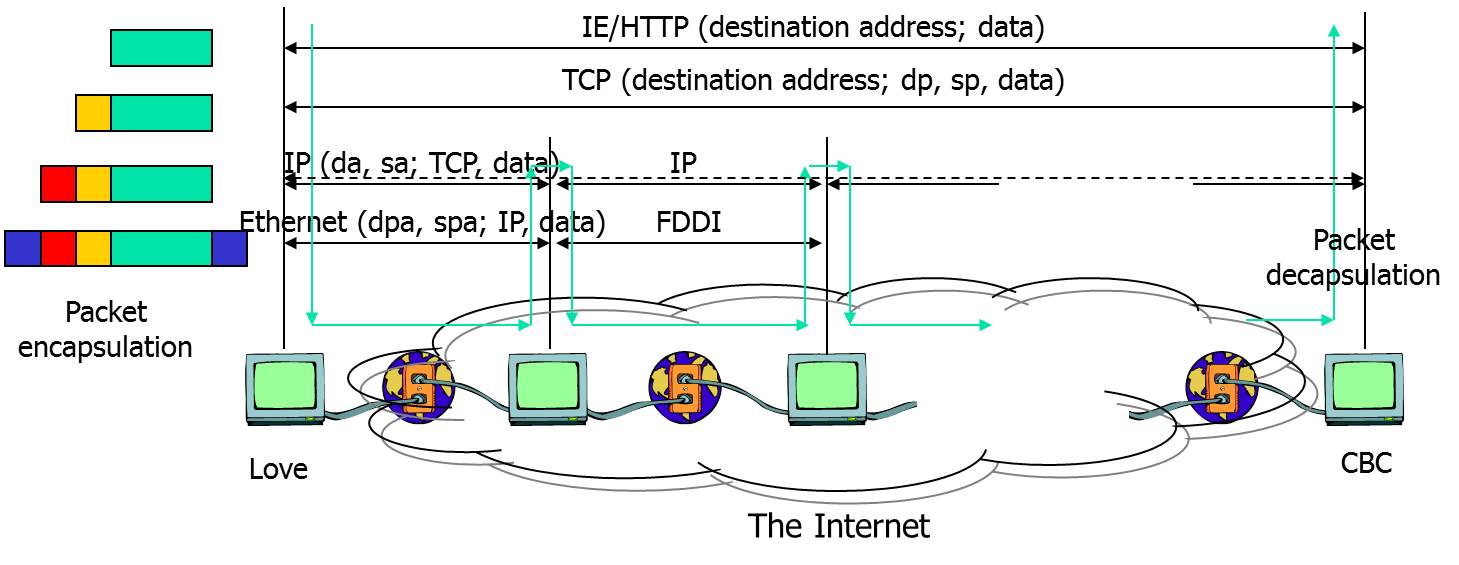VIDEO
3.4 How to deliver IP PACKETs
Basic questions
Network layer, and logical addressing
Study all in Network Layer, and Logical Addressing .
[Review]
Reason why Data Link Layer cannot be used for internetworking.
Explain the datagram approach to packet switching.
Determine the number of bits used for IPv4 addresses.
List the address spaces for 5 IPv4 address classes.
Determine the class with a given IPv4 address.
Convert a binary number to a dotted-decimal notation, and vice versa.
Convert a binary number to a dotted-hexadecimal notation, and vice versa.
Determine the network id to which a given address belongs.
Determine the number of bits used for IPv6 addresses
Delivery, and IP packet forwarding
Study all in Delivery, and IP Packet Forwarding .
[Review]
List the three next-hop methods for packet forwarding.
List the three next-hop methods for packet forwarding.
List the four most basic fields in routing entries.
Explain step-by-step how a router forwards an IP packet to the next router (or host). You need to use, in the explanation, the terms: destination address, routing table, interface, address of next hop, ARP.
Routing, and routing protocols
Study all in Routing, and routing protocols .
[Review]
Update the routing table after a RIP router receives the routing information from a neighbor RIP router.
Understand the motivations of Link State Routing and Path Vector Routing.
Network layer protocols
Study all in Network layer protocols .
[Review]
List 5 issues that IPv4 has to solve.
Analyze the packet header of an IPv4 packet, to determine if the packet carries an option.
Describe how the tool, called traceroute, can be implemented, using the TTL field in IPv4 packets.
Indicate all the fields in an IPv4 packet, that are changed by every router till the packet arrives at the destination.
Determine the MTU with a given diagram of networks.
List the three advantages of using IPv6.
List the three transition strategies from IPv4 to IPv6.
Explain how ARP translates an IP address to its corresponding physical address.
List three types of error messages supported by ICMP.
